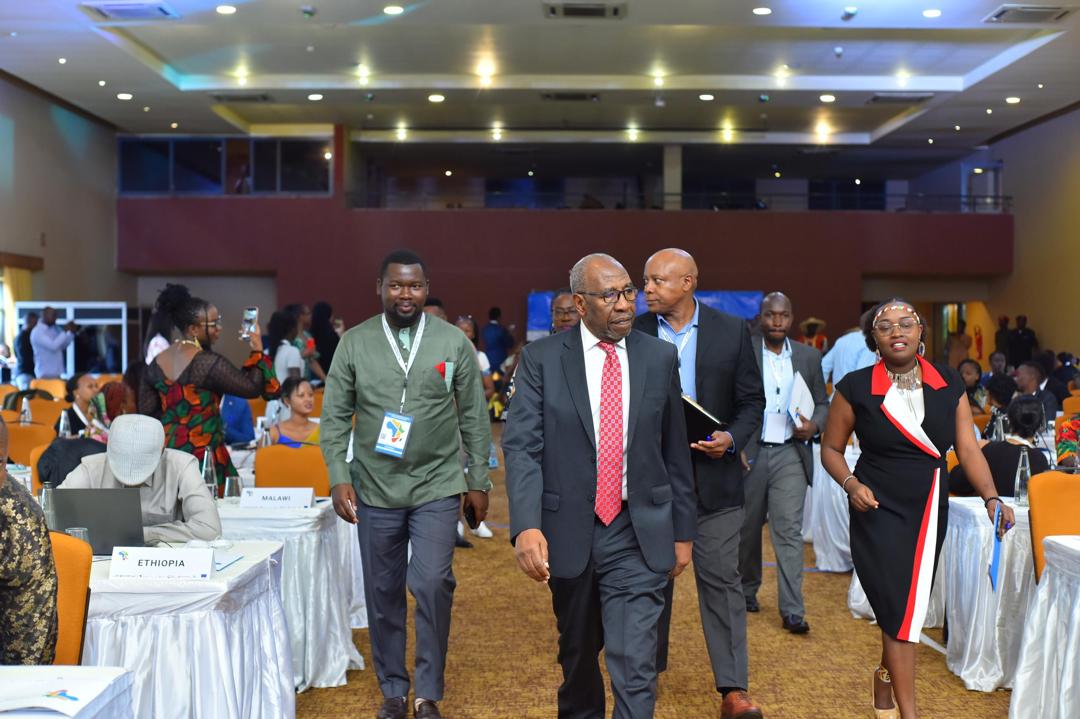Prime
Uganda, Tanzania discuss oil pipeline

Energy minister Irene Muloni
KAMPALA.
Ministry of Energy officials from Uganda and Tanzania will pitch camp in Hoima District for two days starting tomorrow to review progress of implementation plan for development of the proposed crude oil export pipeline.
The Ugandan team is led by Energy minister Irene Muloni while the Tanzanian team is led by Muloni’s counterpart Prof Sospeter Muhongo. The talks will also have representatives from the three oil companies—Tullow, Total and Cnooc.
Following the April’s pronouncement by the regional heads of state that Uganda will develop the pipeline to the Indian Ocean coast via Tanzania, officials from the two countries have been holding back and forth meetings to harmonise legal regimes and policies that will impact the project.
The director of downstream (refinery, pipelines) in the ministry, Mr Robert Kasande, told this newspaper at the weekend that the Hoima meeting is intended to review progress and provide officials from all sides with status updates.
Mr Kasanda also explained that since April, the two countries have since ratified “a draft inter-government agreement” the main document that guides the project.
“There has been a lot of progress and the meeting [today] is one of those in the implementation plan,” he said.
Mr Kasanda said environmental baseline surveys have been conducted and more surveys are ongoing.
In the earlier studies the pipeline had been allocated a 20-metre wide right of way but it is being narrowed down. The 1,403km pipeline will run from Hoima to down south to Tanzania.
From Hoima, according to an insider, the crude oil pipeline will use the same allocated right of way with the proposed finished product pipeline, which will end at the distribution terminal in Buloba, Wakiso District. This pipeline running from the Greenfield oil refinery is estimated at about 210 km.
The government in July last year hired Ramboll Group A/S, a consulting engineering company from Denmark, to conduct “an early phase” detailed route and environmental study for the Hoima-Buloba pipeline, studies which have been completed. The initial corridor/pipeline reserve proposed was about 110 metres but it was revised.
Meanwhile, while the governments are working on harmonising the requisite policies and laws, the oil companies this newspaper understands are yet to embark on negotiations for project financing.




